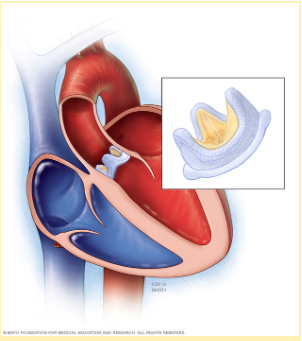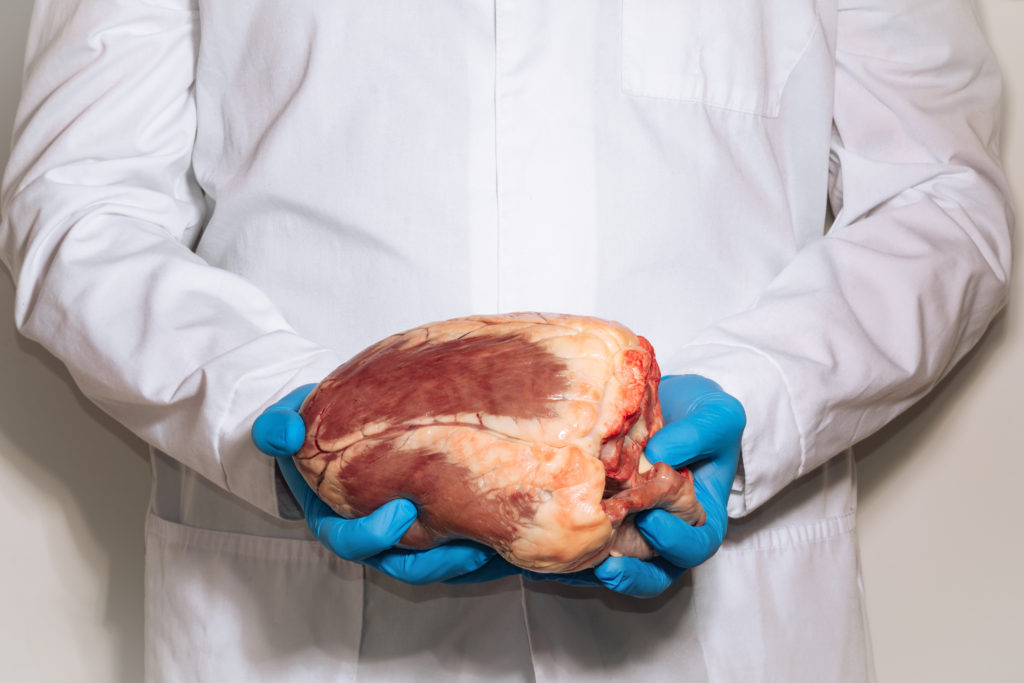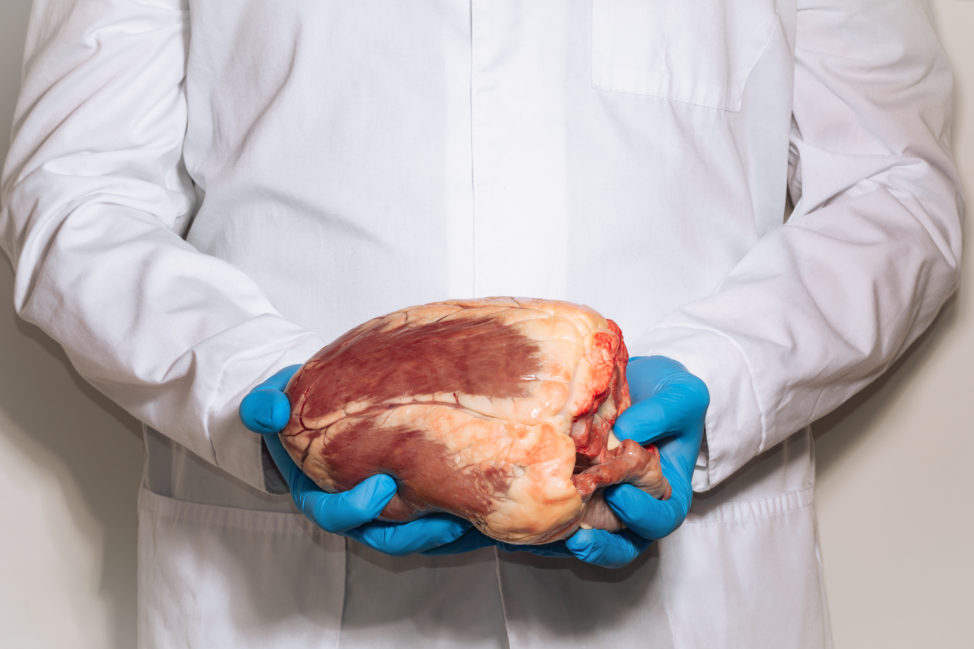Heart disease is the leading cause of death in the United States, taking more than 600,000 lives each year. Heart valve replacement surgery is a procedure to treat this disease. Heart disease involves at least one of the four heart valves, mainly the aortic and mitral valves. These valves have flaps called leaflets that open and close to pump blood through the heart and to the rest of the body.
In heart valve surgery, the valves are repaired or replaced. The treatment depends on age, health, condition of the valve, and the severity of the condition.

With heart valve replacement, a patient would have the choice between a biological tissue valve and a mechanical valve. Biological tissue valves are from a donor such as a pig or cow. These degenerate over time and usually last 10-20 years. However, these tend to have less rejection and do not require lifelong medication. A mechanical valve is mainly made out of carbon and metal. The design is to mimic the leaflets of a natural valve. The mechanical valves are often implanted in young patients and can typically last between 20-30 years without additional surgeries. However, this replacement requires blood thinning medication, such as Warfarin, for the rest of life to prevent blood clots; this in turn increases the risk of bleeding.
New technologies also allow for most biological tissue implants be a non-invasive surgery. TAVR, or Transcatheter aortic valve replacement, is a minimally invasive heart procedure to replace aortic valve stenosis, or the aortic valve failing to open properly. This is an option for those who are at intermediate to high risk of complications with the normal open heart surgery used for valve replacement. This procedure is also an option to replace biological tissue valves. For TAVR, the surgeon accesses the heart through an artery in the leg, close to the groin. A catheter is inserted, and advanced imaging is used to maneuver through the body to the heart. Once the new valve is positioned, a small balloon is inflated to expand the replacement valve, which is made with similar tissue to biological valves. This is a newer procedure, so we are constantly learning more, but it is having promising results.
While it is ultimately up to the doctor and patient, we believe animal tissue is the way to go. The valve may not last as long, but patients are able to live a fuller, more normal life after surgery.
Source: Mayo Clinic


